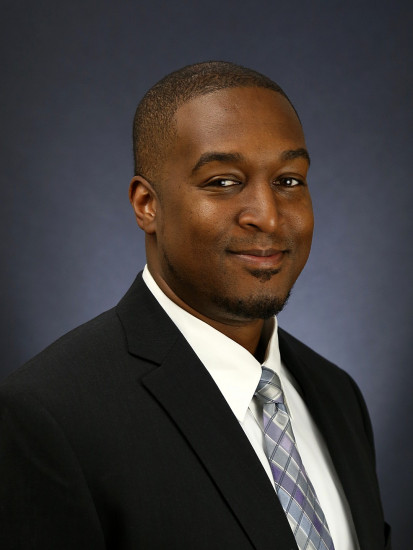Over 2,000 dental professionals from 58 countries gathered at the iconic Waldorf Astoria Hotel in New York City for the Nobel Biocare Global Symposium 2016.
Under the banner “Where innovation comes to life,” the four-day event, held June 23–26, featured an extensive scientific program presented by over 150 of the world’s leading educators in the field of implantology.
Participants attended lectures, forums, master classes and hands-on training sessions across three main themes.
- Treatment enhancement and refinement – evidence counts
- Reaching excellence in esthetics by joining the journey of digital dentistry
- Achieving clinical excellence in challenging situations
New products and solutions
The symposium was also the stage for the unveiling of several Nobel Biocare innovations, each designed to improve workflow efficiency and treatment outcomes. These included the On1 restorative concept1, the NobelZygoma implant and the new NobelDesign CAD software.
The range of creos regenerative solutions was also extended with the launch of creos xenogain xenogenic bone substitute.
The event also marked the evolution of NobelProcera, with the introduction of the NobelProcera Crown – he first in a series of restorative options in a new high-translucency multilayered zirconia.
Many delegates also took the opportunity to take a tour of the NobelProcera production and services center in nearby Mahwah, New Jersey. Thought to be the largest dental CAD/CAM facility in the world, guests were given a rare chance to go behind the scenes and see the industrial production and extensive quality control procedures in action.
Further information on all the new products and solutions can be found in the event press release.
Attendees were also given an advance preview of forthcoming innovations such as the Trefoil concept for the edentulous mandible. Developed with some of the world’s leading clinicians, it is a truly innovative full-arch restoration on three implants with a revolutionary prosthetic framework. The concept will allow even more patients to benefit from a fixed implant restoration and feedback from early testers has been excellent. More information about this new, affordable option will be available soon.
Crowdsourcing
For the first time at a Nobel Biocare event, dental professionals around the world could directly influence the Nobel Biocare Global Symposium program by voting on various topics, formats and speakers. Using a crowdsourcing model, visitors to the event website could vote for the topics they would like to see featured at the event.
The chosen sessions were two case studies – one on soft tissue management, the other on immediate loading protocols – and a keynote lecture on “the true benefits of digital dentistry.”
Live reporting
The Nobel Biocare Global Symposium 2016 was broadcast to the company’s followers on Facebook via live streaming – believed to be a first in implant dentistry. The reports can be watched again at facebook.com/nobelbiocare.
News from the event was also shared online by event media partners Aegis communications via their channels, including Facebook and Twitter, using the hastag #NYNobel. In addition, key stories from the event were published in two dedicated editions of Dental Tribune International’s Today magazine. The special issues, which can be viewed here, were distributed on site in New York and online.
What attendees had to say:
Early feedback from the event has been extremely positive. Here is what some of the participants had to say:
“I think everything being presented here at the symposium is very interesting. I have been using implants in my practice for 27 years. I always work with Nobel Biocare. With these products I can offer my patients security and confidence.”
Dr. Javier Alández, Spain
“This is the biggest event in dental implants, and I am here every three years. All of the speakers here are very good. This technology means less discomfort, more predictability and stable results for my patients. In addition to the very valuable lectures, I also enjoy being in New York.”
Dr. Bassim Essandi, Jordan
“This is one of the best global events, offering so much innovation. I came to learn new things and to incorporate new treatment modalities in my practice, especially the All-on-4® treatment concept.”
Dr. Gaurav Malik, India
For more highlights keep an eye on the post-event website.




















